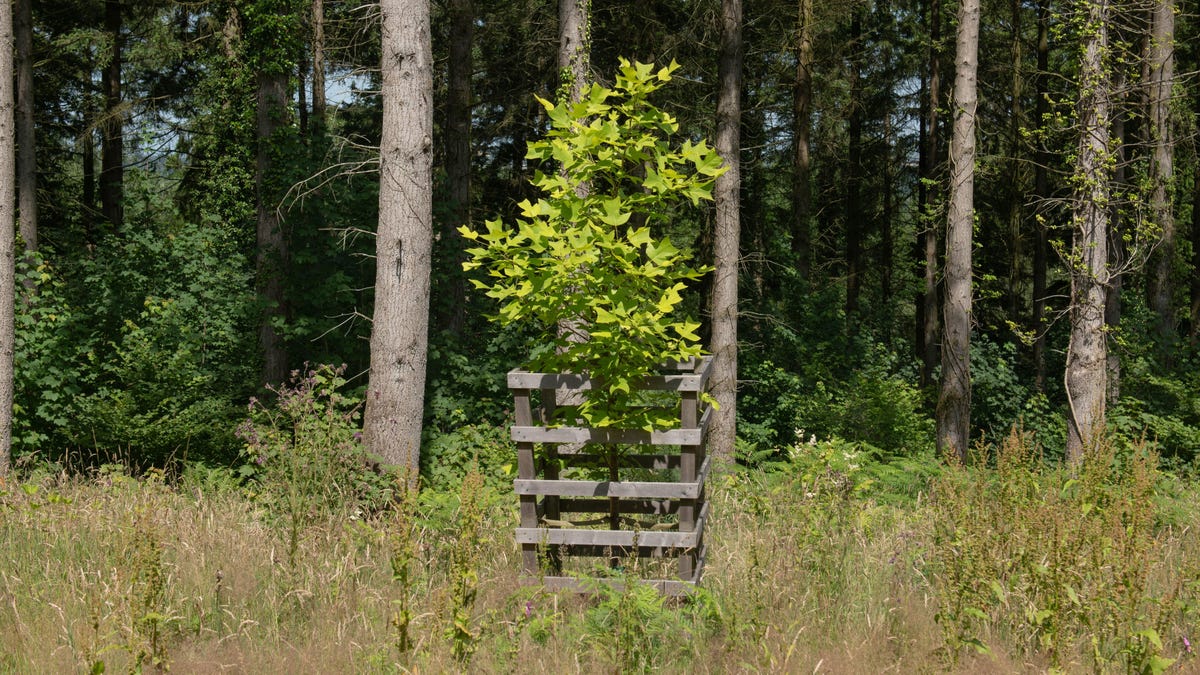The Best Trees to Plant in the Fall
Spring may be the season we associate with planting new additions to our gardens and yards, but some flowers, vegetables, and other greenery are better suited to getting their start in the fall. This is also the case for...


Photo: Peter Turner Photography (Shutterstock)
Spring may be the season we associate with planting new additions to our gardens and yards, but some flowers, vegetables, and other greenery are better suited to getting their start in the fall. This is also the case for certain types of trees. Here are a few of the best trees to plant in the fall, and why they benefit from putting down roots this season.
Why some trees benefit from fall planting
In short, it’s all (or mostly) about the roots. According to the University of New Hampshire Extension, fall is a great time to plant trees with shallow, fibrous roots, as they recover faster than those with large, thick taproots. This is because the root systems will have time to develop before the warmer summer weather stimulates the tree’s above-ground growth.
Here are some of the other benefits of planting trees in the fall, per arborists at SavATree and the University of New Hampshire Extension:
Wetter fall weather means you don’t need to water the tree as oftenCooler fall weather also decreases the amount of water your tree needs, because their leaves are losing less through transpiration than they would in warmer weatherThe soil stays warm long after the weather cools down, and the roots continue to develop until soil temperatures dip below 40℉The best trees to plant in the fall
Trees that benefit from fall planting include:
AppleCrabappleLindenMapleHawthornHoney locustElmBuckeyeHorse chestnutAlderCatalpaHackberryAshAmur corktreeSprucePineSycamoreKentucky coffee treeWillowPeach American persimmonBloodgood Japanese mapleRiver birchBeechEastern redbudOnce your trees are planted, water them at least once a week until the temperatures dip below freezing, making sure to moisten the soil to a depth of eight to 10 inches.

 Tekef
Tekef 
































